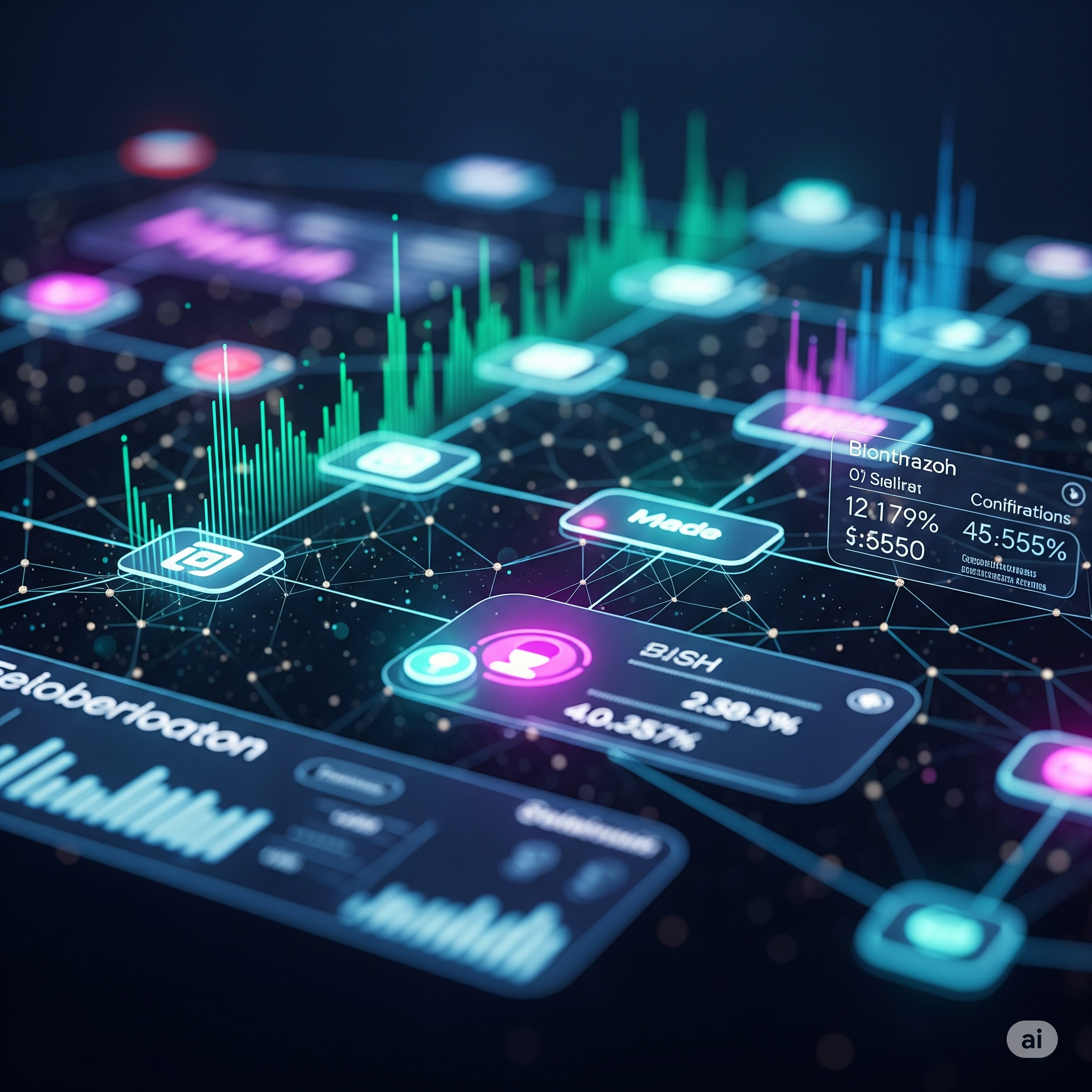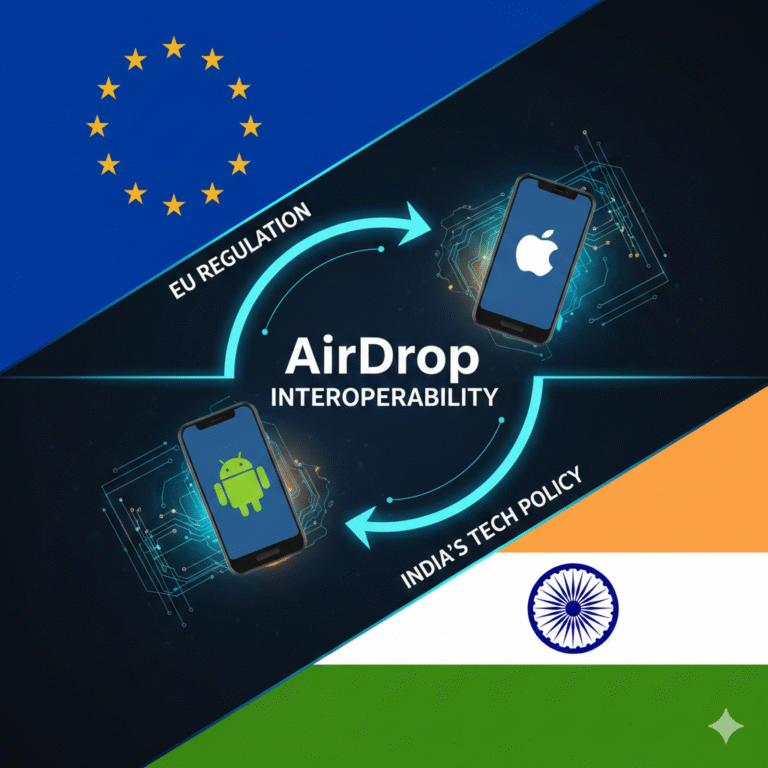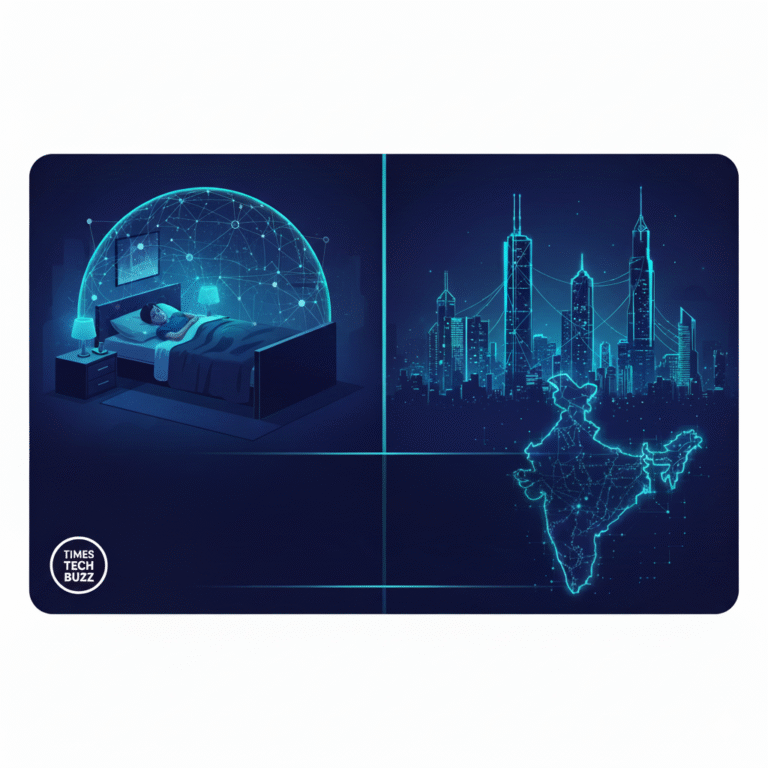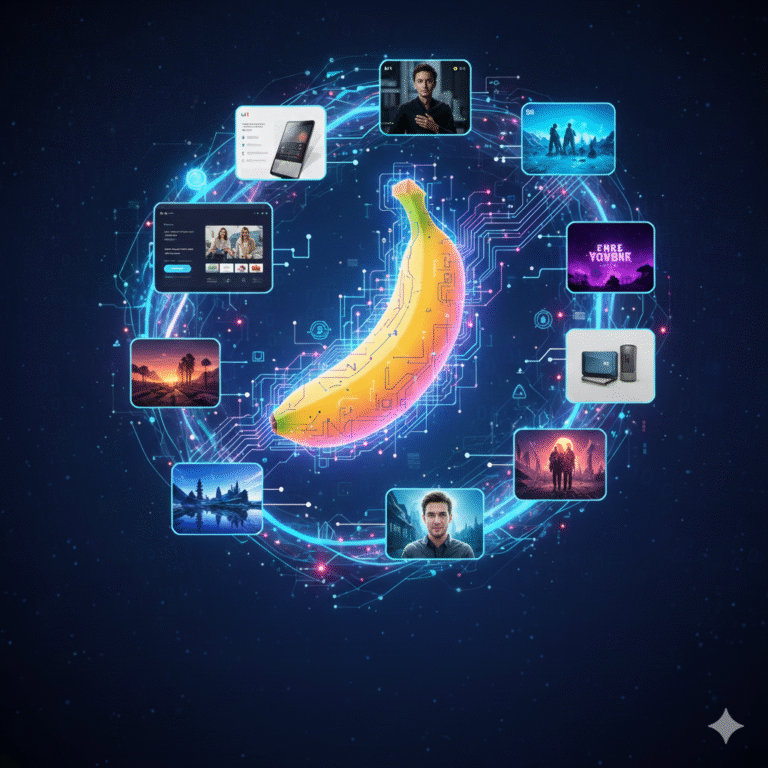The internet has seen a massive evolution since its inception. From static webpages in Web1.0 to dynamic user-generated platforms in Web2.0, the next leap—Web3.0—promises to change the way we interact, transact, and trust online. But what is Web3.0 really about? More importantly, why is it so intricately tied to blockchain and cryptocurrency?
This blog offers a deep-dive into Web3.0, explaining the foundational ideas behind decentralization, the mechanics of cryptocurrency, and the vital role blockchain plays in this new paradigm.
What Is Web3.0?
1. A Brief Overview
Web3.0, often referred to as the “Semantic Web,” aims to create a more intelligent, open, and user-centric internet. Unlike Web2.0, where tech giants control user data and digital interactions, Web3.0 envisions a decentralized ecosystem where users own their data and interact peer-to-peer.
2. Key Characteristics of Web3.0
- Decentralization: No single entity controls the network.
- Trustless & Permissionless: Users interact without needing to trust intermediaries.
- Native Payments: Powered by cryptocurrencies instead of traditional banks.
- Interoperability: Applications communicate seamlessly across platforms.
3. Why Blockchain Is Critical
Blockchain provides the infrastructure that enables these characteristics. It ensures data integrity, transparency, and immutability—elements central to the Web3.0 vision.
Understanding Cryptocurrency: The Fuel of Web3.0
1. What Is Cryptocurrency?
Cryptocurrency is a form of digital or virtual currency that uses cryptography for security. Unlike fiat currencies issued by governments, cryptocurrencies are decentralized and operate on blockchain technology.
2. Types of Cryptocurrencies
- Bitcoin (BTC): The original cryptocurrency, focused on peer-to-peer value transfer.
- Ethereum (ETH): Adds smart contract functionality, enabling decentralized apps (dApps).
- Altcoins: Various others like Solana, Cardano, and Polkadot serving niche use-cases.
3. How Cryptocurrency Works
- Mining or Staking: Users validate transactions and secure the network in exchange for rewards.
- Wallets: Digital tools to store and manage crypto assets.
- Transactions: Verified via consensus mechanisms like Proof of Work (PoW) or Proof of Stake (PoS).
Blockchain: The Backbone of Web3.0
1. What Is Blockchain?
A blockchain is a decentralized digital ledger that records transactions across multiple computers so that the record cannot be changed retroactively. It ensures trust, transparency, and immutability.
2. Key Components
- Blocks: Groups of transactions
- Nodes: Computers in the network that maintain the ledger
- Consensus Algorithms: Rules to agree on transaction validity
3. How Blockchain Powers Web3.0
- Smart Contracts: Self-executing contracts coded directly onto the blockchain
- Tokenization: Representation of real-world assets as digital tokens
- DAOs (Decentralized Autonomous Organizations): New models of governance and collaboration
Web3.0 Applications Using Blockchain and Crypto
1. Decentralized Finance (DeFi)
Allows users to lend, borrow, and trade assets without intermediaries. Examples include Aave and Compound.
2. NFTs and Digital Identity
Non-fungible tokens represent ownership of digital goods. Also used for identity verification and digital credentials.
3. Decentralized Social Media
Platforms like Lens Protocol or Mastodon enable user-owned content and governance.
4. Supply Chain Transparency
Blockchain ensures end-to-end visibility, reducing fraud and increasing accountability.
The Challenges Ahead
1. Scalability
Current blockchain networks struggle to handle large volumes of transactions quickly.
2. Regulation
Governments are still developing legal frameworks around crypto assets and decentralized applications.
3. User Experience
Complex interfaces and high learning curves hinder mainstream adoption.
The Road Ahead: Building a Decentralized Future
Web3.0 is more than just a tech trend—it’s a movement toward rethinking how digital systems should work. Blockchain and cryptocurrency are not just tools but fundamental components in creating this future.
How to Participate
- Educate Yourself: Use platforms like Coursera, YouTube, or Web3 Foundation.
- Explore dApps: Try out platforms like Uniswap or OpenSea.
- Invest Wisely: Understand the risks before investing in crypto projects.
Conclusion: Web3.0, Blockchain, and Cryptocurrency—A Triad of Transformation
The convergence of Web3.0, blockchain, and cryptocurrency signifies a monumental shift in the digital landscape. These technologies promise a future where individuals—not corporations—own and control their digital presence. While challenges remain, the progress so far offers a compelling glimpse into what’s possible when decentralization meets innovation.









+ There are no comments
Add yours